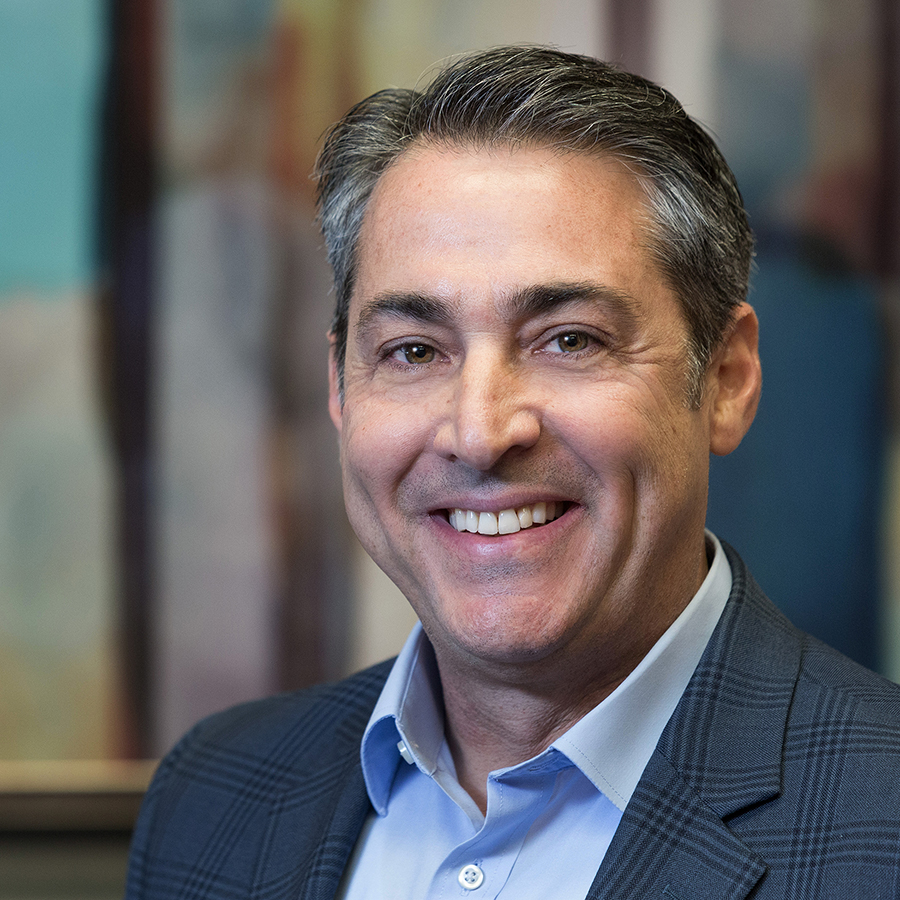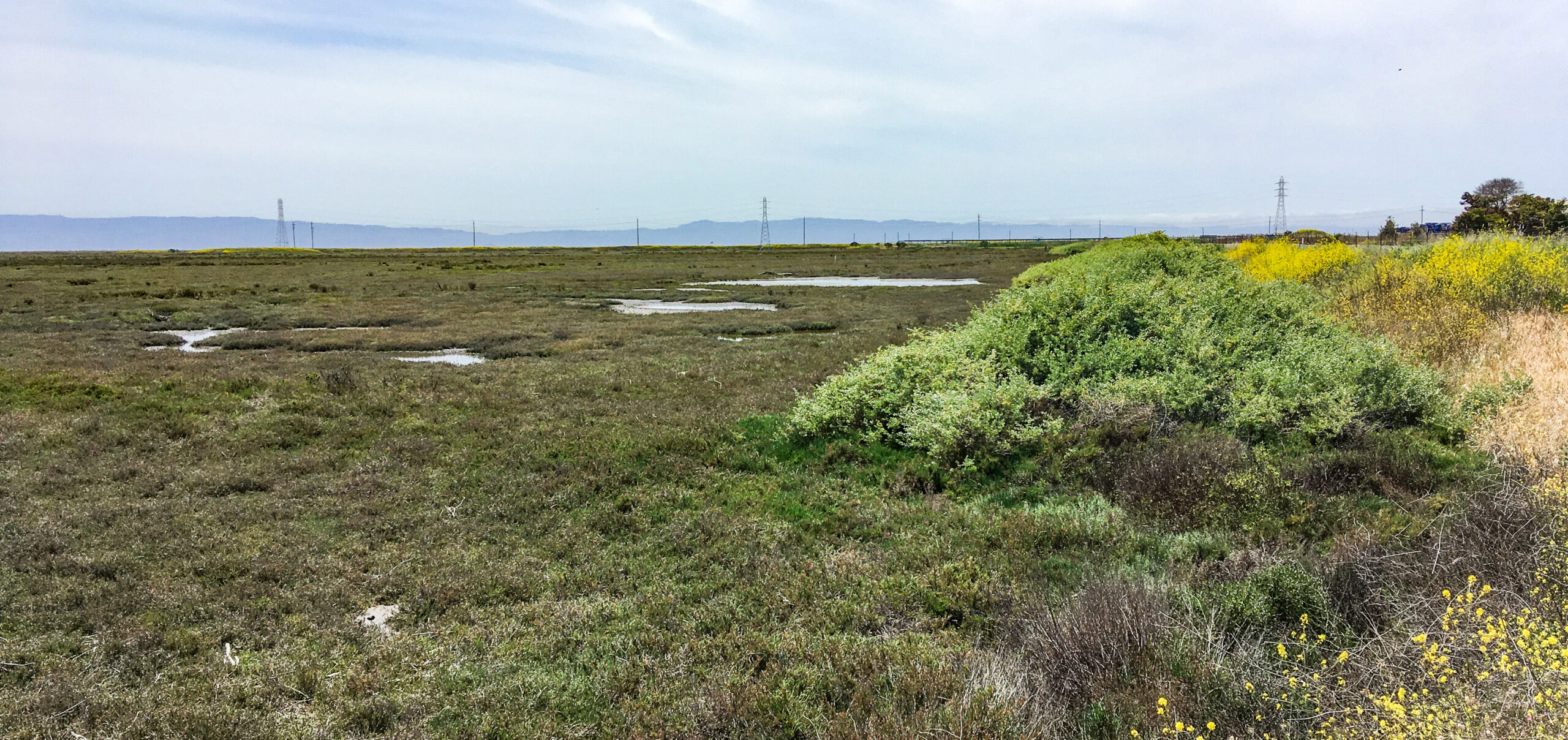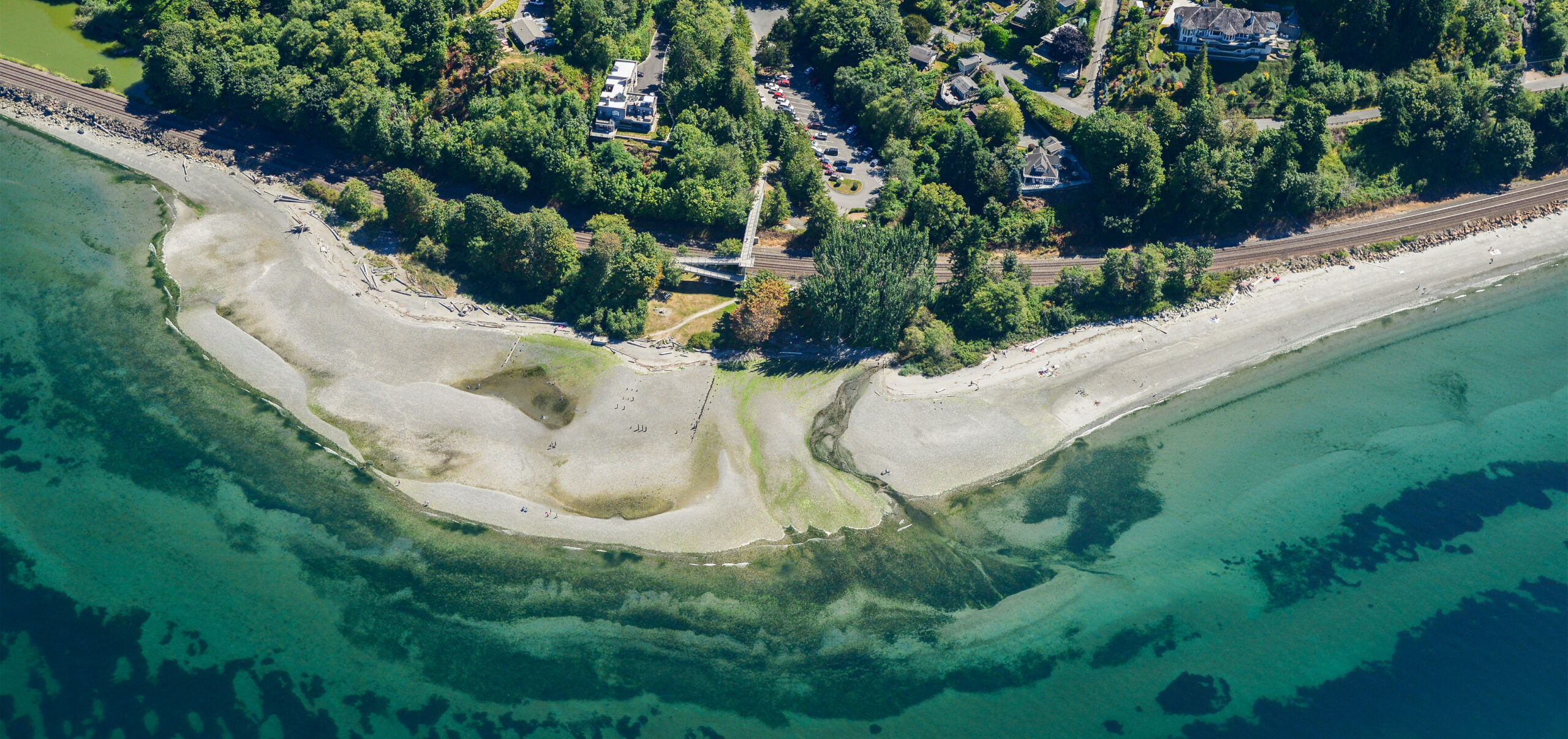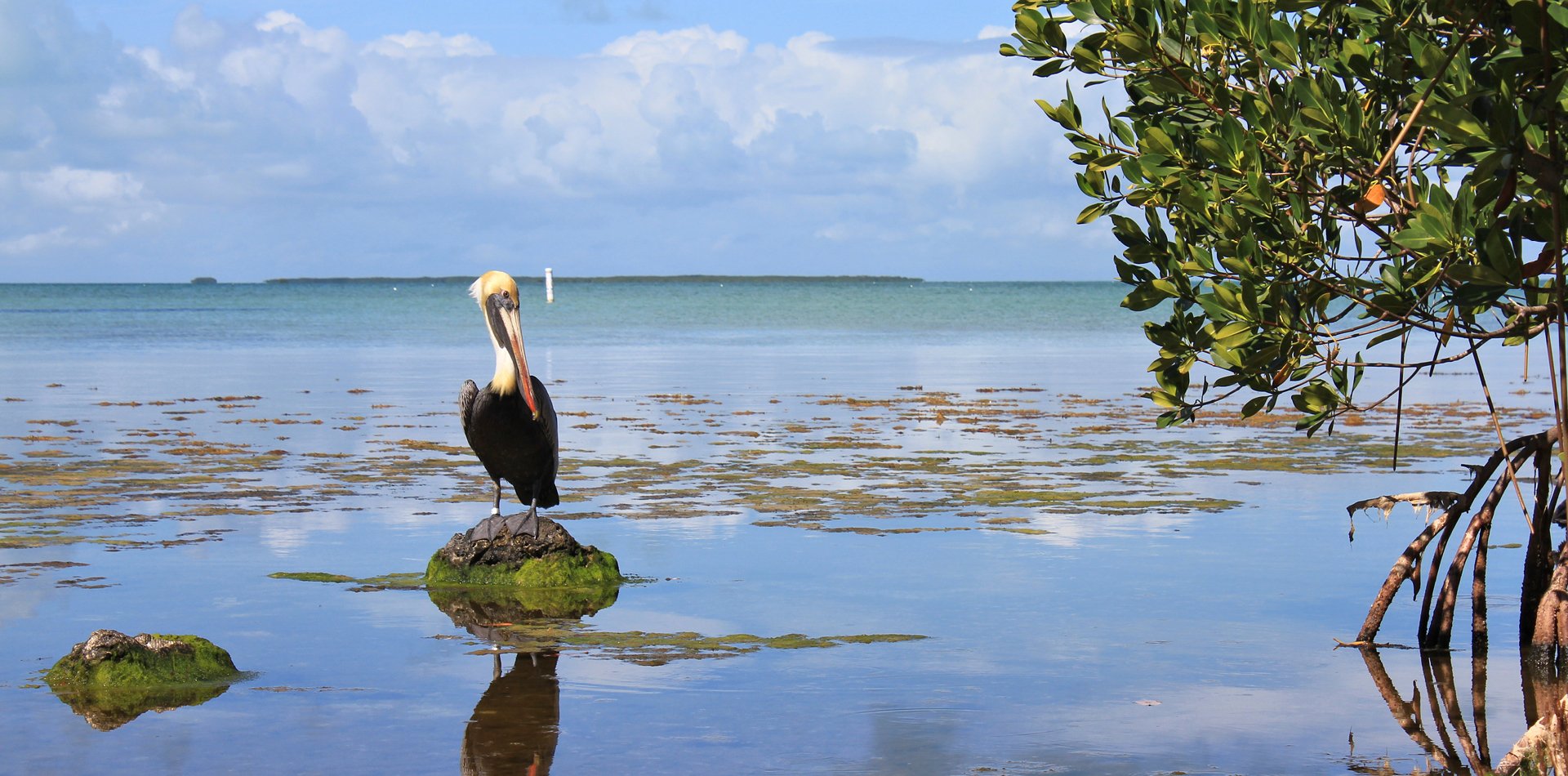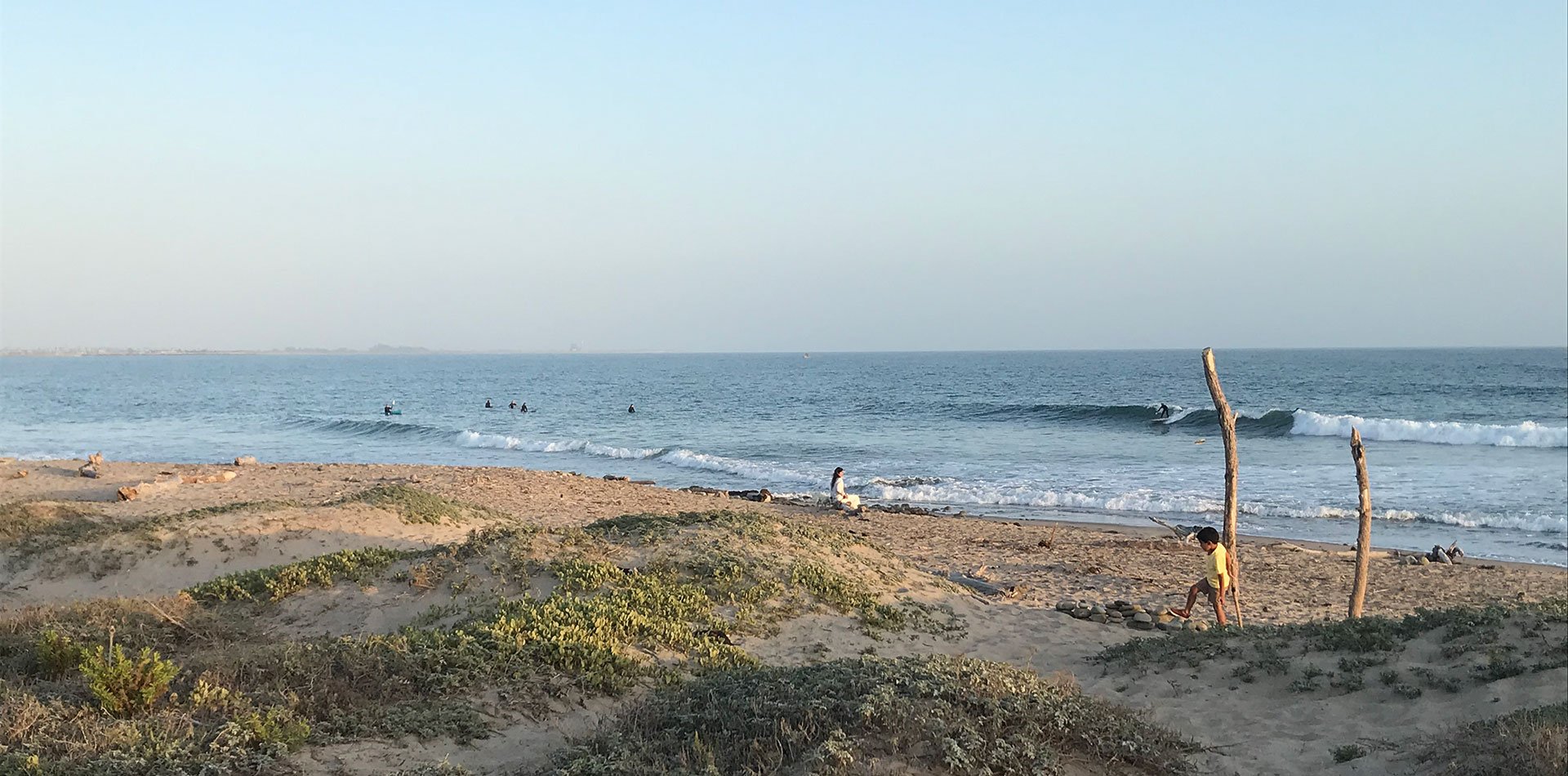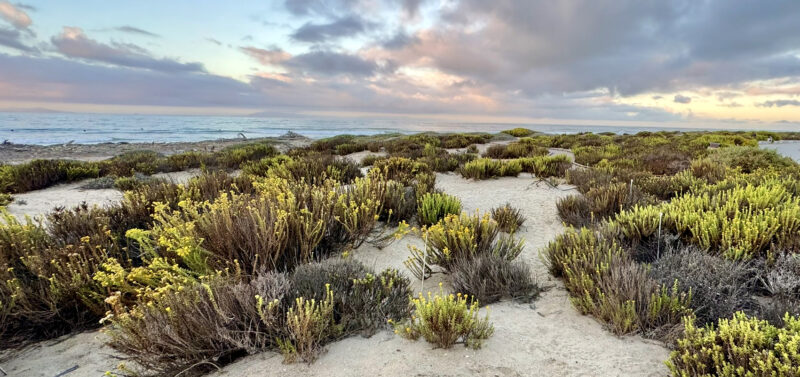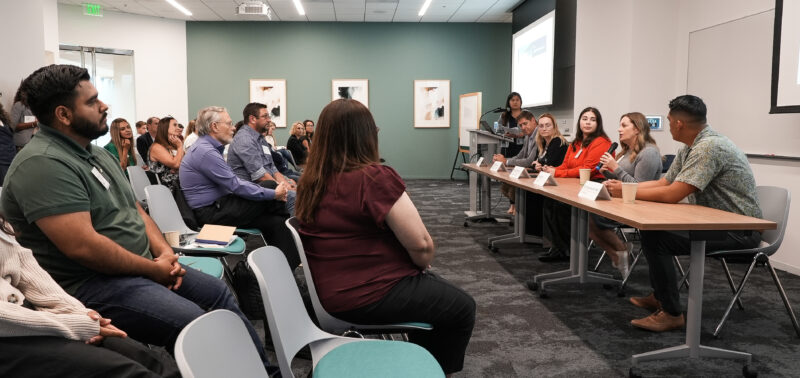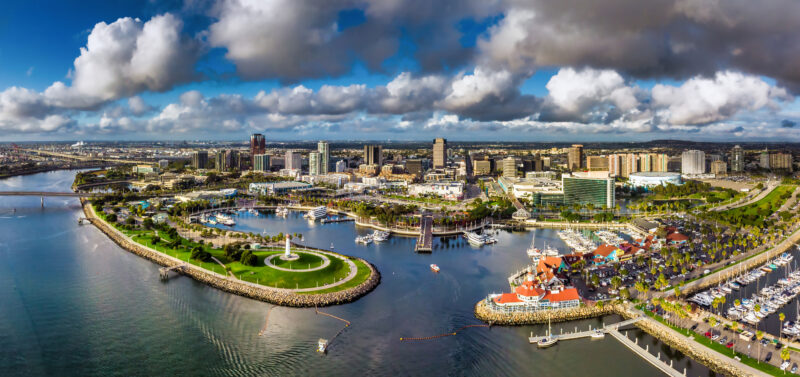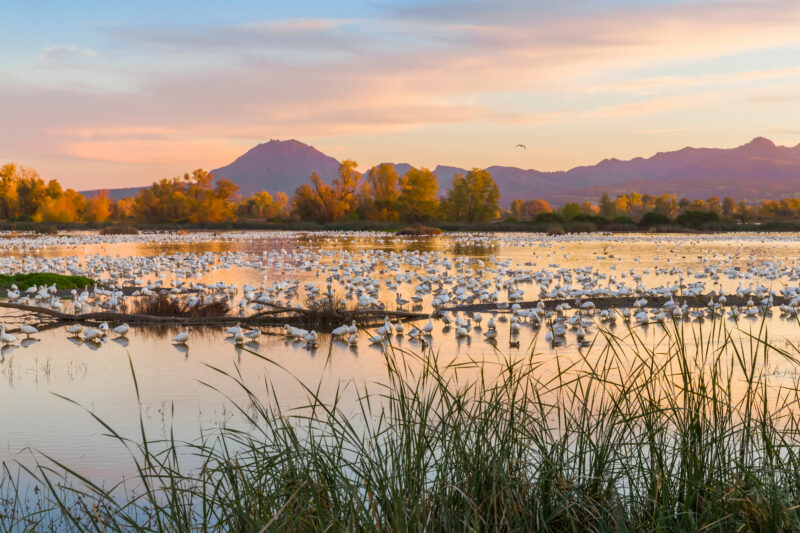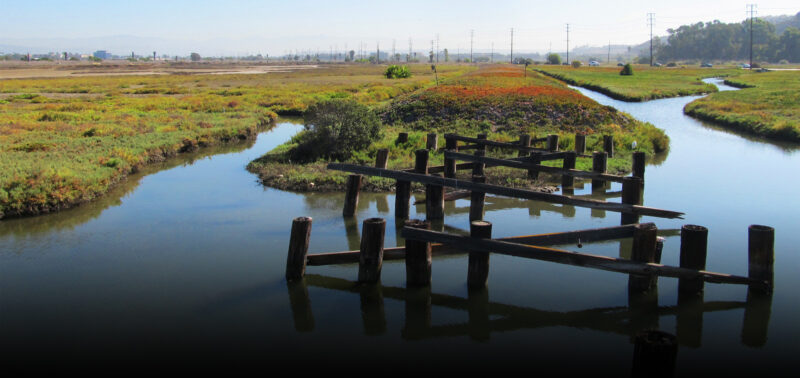More than a decade after it's first phase of construction, Surfers' Point in Ventura, California...
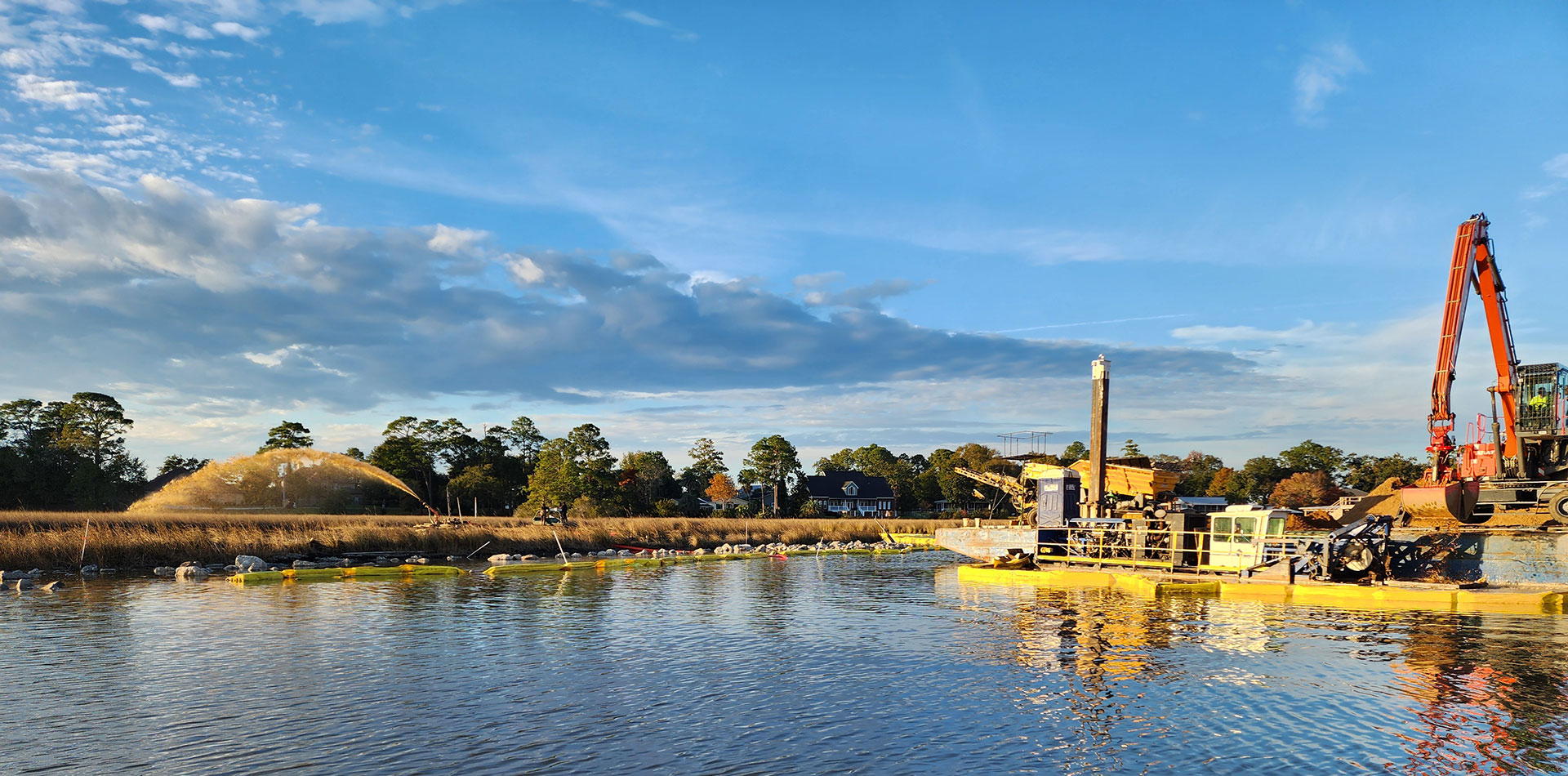
Fowl River Shoreline and Marsh Stabilization and Restoration
Following a historic $18.7 billion settlement reached in 2015 between BP and the Gulf States, large-scale efforts have been and continue to be funded to recover and restore the region’s natural resources and protect against future climate threats and vulnerabilities.
Why does this project matter?
Fowl River was identified as a high-priority watershed through ESA’s support of more than seven Watershed Management Plans developed for the Mobile Bay National Estuary Program (MBNEP), including those for Dauphin Island, Bayou La Batre, West Fowl River, Dog River, the Western Delta, and Eastern Shore basins. Spanning over 14 miles, Fowl River is characterized by a complex system of winding waterways, coastal spits, and islands where brackish water flows into Mobile Bay. These spits—narrow landforms shaped by sediment deposition from wind and waves—form sheltered lagoons that support vital salt marsh habitats. Working in collaboration with the local community, ESA helped identify vulnerable areas within the watershed and prioritize restoration actions aimed at protecting these ecologically significant features and enhancing the health of the broader coastal system.
What is ESA doing to help?
Unlike many coastal protection measures, which involve installing hard engineering solutions such as seawalls, jetties, and breakwaters, MBNEP sought to develop natural alternatives and adaptive management strategies that could create long-lasting solutions.
Over the course of four years, ESA’s coastal engineers and scientists worked closely with MBNEP to develop nature-based engineering and design approaches to stabilize shorelines, enhance marsh habitats and restore natural processes to restore ecosystem function, and establish long-term sustainability.
The first phase of the project focused on addressing shoreline erosion, increasing marsh elevation, and protecting seagrass. Engineer of Record Bryan Flynn, PE, designed a novel series of interventions, including timber wave screens and sediment placement to protect the spits. The wooden wave structures serve as attenuators to dissipate wave energy and protect the shoreline against boat wakes, preserve nearby seagrass beds, and aid in the natural replenishment of sediment and sand deposited onto the shorelines. Installation of a thin layer of sediment will also raise the elevation of the marsh spits to mitigate chronic submersion and saltwater intrusion into the marsh.
The first phase of construction began in summer 2024 and is nearing completion. ESA is providing ongoing construction monitoring during the active construction phases and will perform post-construction monitoring for 5 years. Monitoring will guide adaptative management decisions and inform future nature-based approaches in the region and beyond. Phase two construction will begin later this year and includes additional placement of material on the marsh platform to address future impacts of sea level rise.
Connect with our team
“Being involved in projects like Fowl River, from initial planning through design and construction is especially rewarding, as it fosters close collaboration with residents and resource agencies. This engagement provides a deeper understanding of project needs, enabling us to develop innovative solutions creating lasting benefits for both the community and the environment.”

Similar Projects
News & Ideas
California’s Assembly Bill 1319 sets a process to assess reduced federal protections for endangered native...
In early October, ESA hosted our first-ever Permitting Symposium in Irvine, California, which brought together...
ESA is pleased to sponsor and present at the 2025 American Shore & Beach Preservation...
The new Regional Conservation Investment Strategy (RCIS) Toolkit—powered by ESA’s insights—is now live. This valuable...
ESA is hosting a special in-person event featuring premier permitting experts for clients and partners...
